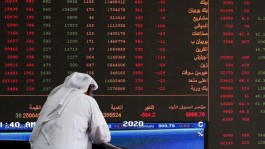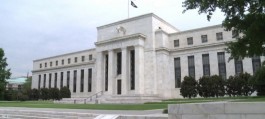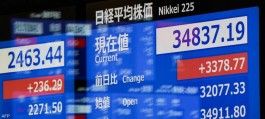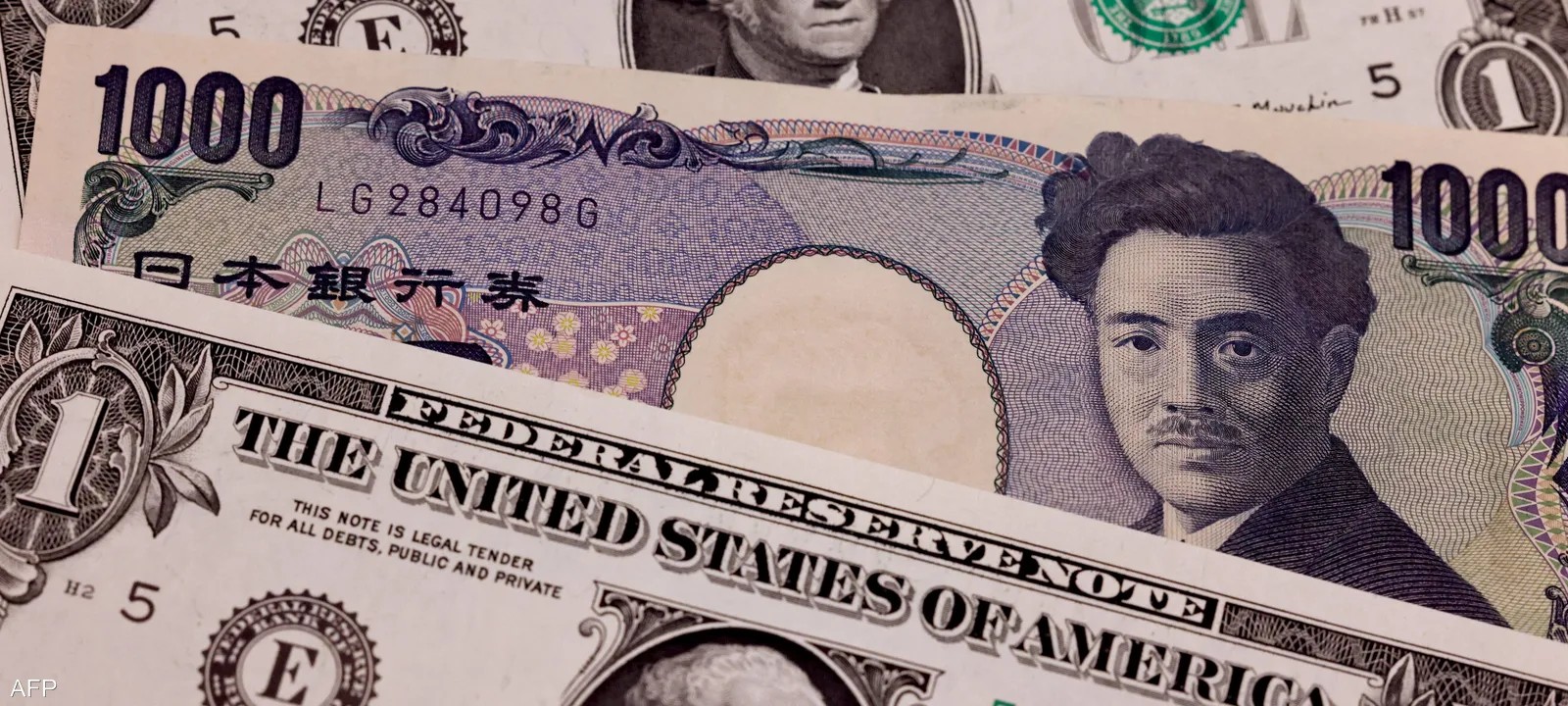The yen continued its slow decline against the dollar in thin trade due to a holiday in Japan on Monday, amid continuing divergence in expectations over whether the US interest rate will be cut significantly next month.
This comes after a turbulent week that began with a major sell-off in all currencies and in stock markets driven by fears of a possible recession in the United States and the Bank of Japan's tightening monetary policy.
Last week ended more subdued as stronger-than-expected U.S. jobs data on Thursday prompted markets to scale back bets on Federal Reserve interest rate cuts this year.
However, investors remain unconvinced that the Fed can afford to slow its rate cuts. According to the CME Group’s FedWatch service, their expectations that the US central bank will cut interest rates by 100 basis points by the end of the year, which is consistent with a recession scenario, have faded.
This has markets closely watching data and events, particularly US producer and consumer price index data due on Tuesday and Wednesday, the central bankers' meeting in Jackson Hole next week, and Nvidia's earnings later in the month.
The dollar was at 147.15 yen, up 0.4 percent. The euro was at $1.0920, with its index flat at 103.18.
The yen hit its highest level since Jan. 2 on Monday at 141.675 against the dollar, but it is still down 4 percent against the dollar so far this year.
Analysts at JPMorgan revised their forecast for the yen to 144 per dollar by the second quarter of next year, saying that meant the yen would strengthen in the coming months.
The euro rose a week ago to $1.1009 for the first time since January 2.
The Australian dollar edged up to $0.6584 on Monday, while the New Zealand dollar remained below a three-week high of $0.6035 hit last week. It was last at $0.6015.
The Reserve Bank of New Zealand will review monetary policy next Wednesday and is expected to keep interest rates unchanged at 5.5 percent.









































